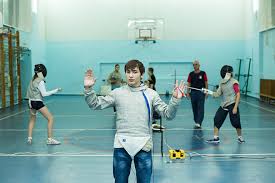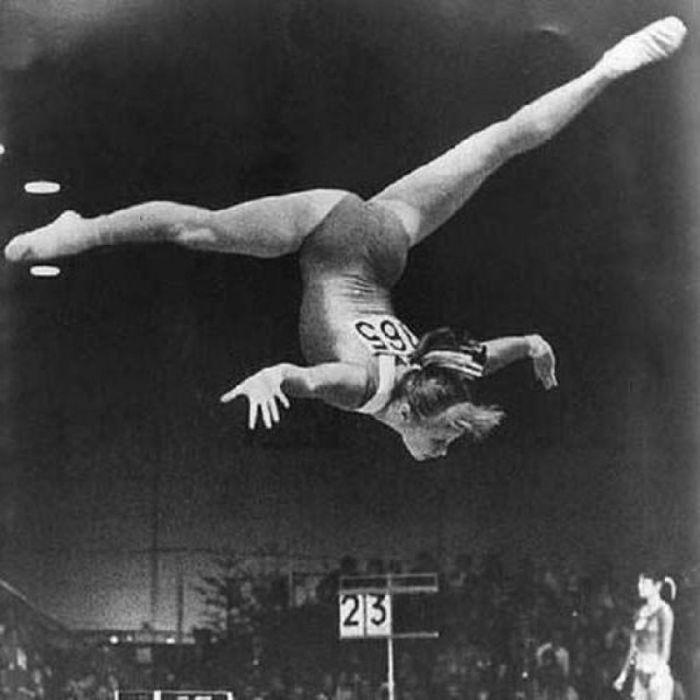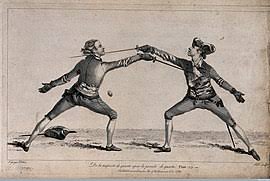clear definitions
HYGIENIC REQUIREMENTS FOR PLACES IN THE FENCING
 Indoor facilities for fencing should primarily have sufficient floor space, cubic capacity, good ventilation and lighting. When calculating the cubic capacity, it is necessary to take into account that the pulmonary ventilation of fighters during an individual lesson and free-style fighting increases to 14.5 – 23.0 liters per minute, and the recovery period lasts for trained fencers for about 10 minutes. In Jovičkop, pulmonary ventilation remains elevated for longer. Oxygen absorption, depending on the intensity of the lesson, increases to 480.0–856.0 cm³ in 1 min. Therefore, the cubic capacity of the room per student should be considered not less than 30 m³. Ventilation devices must provide a 3-fold change in air flow, i.e. 80 – 90 m³ of air per person per hour. Continue reading
Indoor facilities for fencing should primarily have sufficient floor space, cubic capacity, good ventilation and lighting. When calculating the cubic capacity, it is necessary to take into account that the pulmonary ventilation of fighters during an individual lesson and free-style fighting increases to 14.5 – 23.0 liters per minute, and the recovery period lasts for trained fencers for about 10 minutes. In Jovičkop, pulmonary ventilation remains elevated for longer. Oxygen absorption, depending on the intensity of the lesson, increases to 480.0–856.0 cm³ in 1 min. Therefore, the cubic capacity of the room per student should be considered not less than 30 m³. Ventilation devices must provide a 3-fold change in air flow, i.e. 80 – 90 m³ of air per person per hour. Continue reading
PREPARING PERIOD OF TRAINING IN FENCING
 General tasks of the preparatory period: a) development and strengthening of the muscular and skeletal-ligamentous systems; b) improving the activity of internal organs (respiration, blood circulation, excretion and metabolism); c) improving overall coordination and developing speed of reaction; d) general retraction of the body and development of endurance; d) the introduction and development of habits of cultural behavior and discipline.
General tasks of the preparatory period: a) development and strengthening of the muscular and skeletal-ligamentous systems; b) improving the activity of internal organs (respiration, blood circulation, excretion and metabolism); c) improving overall coordination and developing speed of reaction; d) general retraction of the body and development of endurance; d) the introduction and development of habits of cultural behavior and discipline.
Special tasks of this period: a) testing and improving the basic skills of fencing equipment (techniques of attack and defense movements and methods of preparing for an attack); b) verification and improvement of the technique of complex fencing techniques; c) the development of a sense of distance, time and a sense of weapons; d) the development of speed, accuracy of movements. Continue reading
On the principles of fencing: Technique.
 In a previous post, I talked about the general principles of an armless duel and the preparation of an attack. I thought about switching to weapons, then to armor, and so on, but I realized that I still had to talk more about technology. Otherwise, one would have to make regular digressions, which would hardly have a good effect on the structure of the narrative.
In a previous post, I talked about the general principles of an armless duel and the preparation of an attack. I thought about switching to weapons, then to armor, and so on, but I realized that I still had to talk more about technology. Otherwise, one would have to make regular digressions, which would hardly have a good effect on the structure of the narrative.
Since this is not obvious to everyone, I’ll say again – I write these posts primarily for people who are not familiar with fencing. This is not a textbook, but popularization, my goal is to acquaint, not teach. That is why I simplify and try my best to avoid details. If you think that somewhere I’m wrong (and this may indeed be so, because I may not have enough system knowledge), write in the comments. Continue reading




